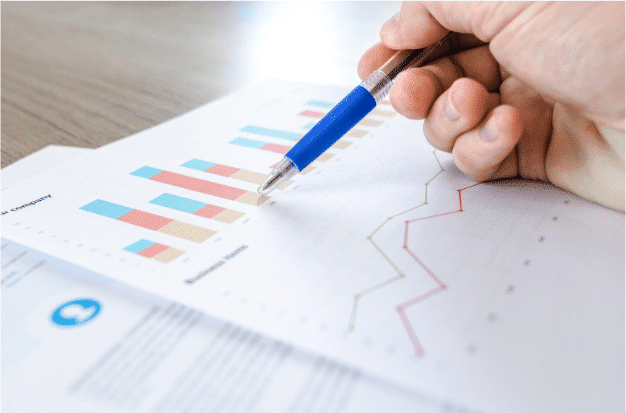

Want to start using Ventla app today?
Get in touchOrganizing an event can be a challenging task. It requires a lot of time and resources to create a memorable occasion for the participants. But how do you know if your event was truly successful? How can you improve it for next time? The answer is simple: by using data analysis. In this blog post, we will look at how you can use data to predict participant trends, tailor the event to their needs and preferences, and measure the effectiveness of your event.
Predicting future participant trends can help you prepare for upcoming events and improve your current event. There are several ways to collect data to anticipate participant trends:
Social Media: Using social media allows you to gauge what people are talking about and what interests them. You can use hashtags to track discussions about your event and related topics.
Registrations: By looking at the number of registrations, you can get an idea of how many participants to expect. It can also be helpful to get an idea of the number of attendees other similar events have had. This can assist you in planning the logistics of your event.
Feedback from Previous Events: By reviewing feedback from past events, you can learn what worked and what didn't. This can help you improve your event and make it more appealing to participants.
When you have collected data, you can use it to tailor the event to the participants' needs and preferences. This can help you create a more personalized and memorable experience for the attendees. Here are some ways to use data to customize your event:
Conduct surveys: Surveys can be integrated into your existing digital solution to gather feedback from participants about their experience of the event. This feedback can be used to make improvements for the next event.
Use data to create a more personalized experience: By using data about participants' interests and behavior, you can customize your event to make it more personal for each individual.
Create a more interactive experience: By using data about participants' interaction with the event, you can create a more interactive experience. You can use technology such as QR codes and mobile apps to create a more engaging experience for participants.
After the event is over, it's important to measure the effectiveness of your event. This can help you improve your event for next time and demonstrate what you've achieved to your stakeholders. Here are some ways to use data to measure the effectiveness of your event:
Measure participant engagement: By measuring participant engagement, you can get an idea of how well your event was received. You can use data such as the number of shares on social media and feedback from surveys.
Measure ROI: By measuring ROI, you can determine if your event was profitable. You can use data such as ticket sales and sponsorship revenue to measure this.
Measure participant experience: By measuring participant experience, you can get an idea of how well your event was planned and executed. You can use data from surveys and feedback from social media to measure this.
Data analysis can be an invaluable resource when planning and executing your event. By using data, you can anticipate participant trends, tailor the event to meet participants' needs and preferences, and measure the effectiveness of your event. By utilizing data intelligently, you can create a memorable experience for participants and ensure that your event is a success.
You might also like